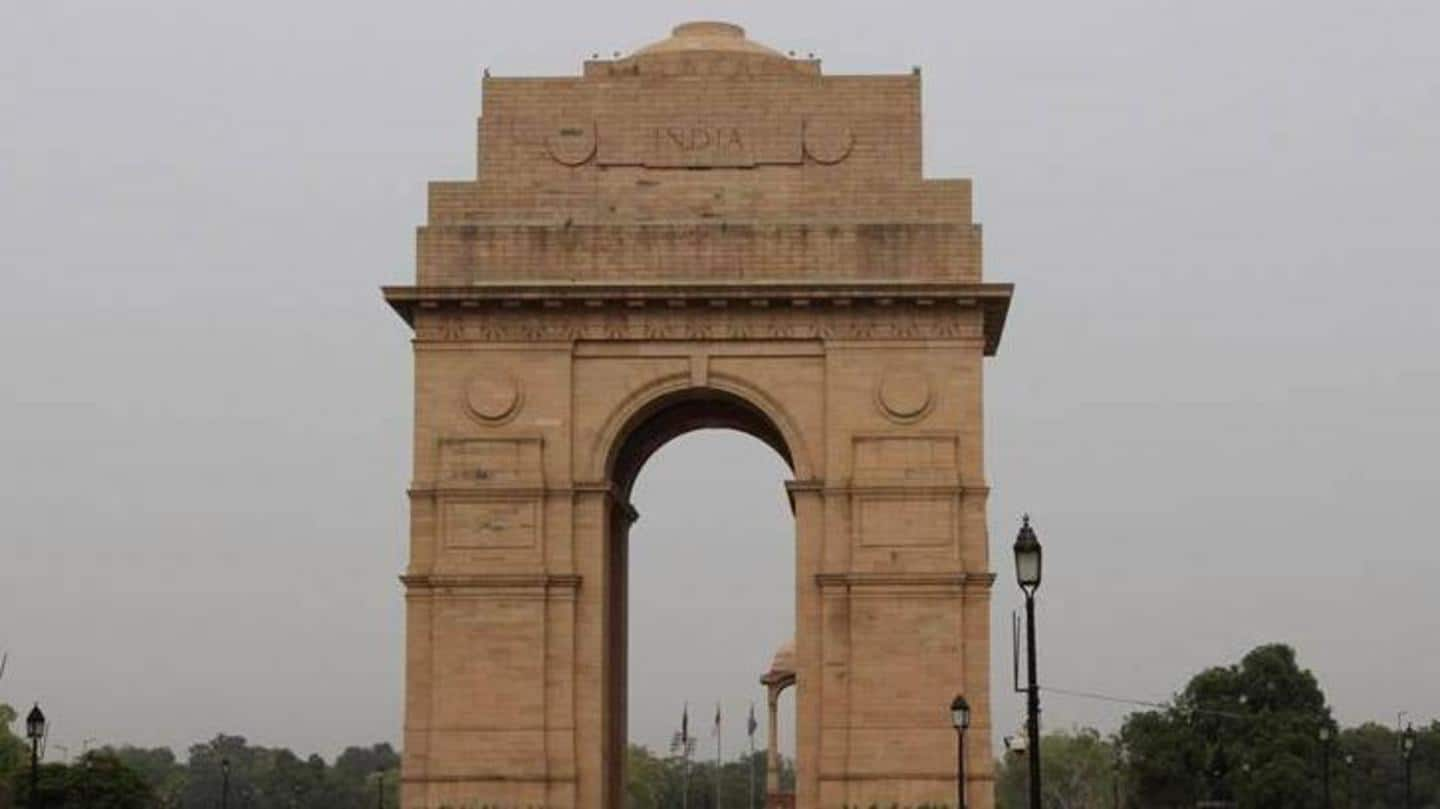
India Gate foundation stone laid exactly 100 years ago
What's the story
The foundation stone of the All India War Memorial Arch in Delhi, or India Gate as it is known today, was laid on February 10 in 1921 by the British royal Duke of Connaught during his visit to the country, according to old records.
Delhi's iconic Connaught Place, built during the making of New Delhi was also named after the Duke of Connaught.
Information
Who was the Duke of Connaught?
Prince Arthur, Duke of Connaught and Strathearn, was an uncle of King George V, the then reigning monarch of the British Empire who had held a grand durbar in Delhi in 1911 where he announced the shifting of the imperial capital from Calcutta to Delhi.
History
The making of a new capital, New Delhi
Work began on creating new capital in the Raisina Hill area. King George V on December 15, 1911, laid its foundation stone.
Sir Edwin Landseer Lutyens and Sir Herbert Baker laid out an extraordinary new capital, with the Viceroy's House (Rashtrapati Bhavan) and the North and South Block fronting it, being the centerpiece of New Delhi, which was officially named so in 1926.
Background
This is what India Gate was originally called
However, during the construction of the new imperial capital city, World War I broke out and a large number of soldiers from the British Indian Army were sent to the war zones.
The India Gate, a prominent tourist attraction today, is a solemn memorial to the soldiers from India who died in action and was originally called the All India War Memorial Arch.
Details
Duke also laid foundation of Council Chamber of the Parliament
During his Delhi leg of India visit in 1921, the Duke laid the foundation of the All India War Memorial on February 10 and the Council Chamber of the Parliament House, designed by Baker, two days later.
According to a 1921 publication of the Superintendent Government Printing, Calcutta, units of the Army had gathered at the event in New Delhi, which was under construction.
Duke's speech
Memorial is not one of lives lost in vain: Duke
In a speech, he had said that in the Central Vista of India's Capital, the Memorial Archway will stand to remind people of the sacrifice of the officers and men of the Indian Army who fought and fell in the Great War.
He had added that the Memorial is not one of lives lost in vain, but a monument of great and overwhelming victory.
Martyred soldiers
The monumental arch has names of soldiers martyred in WWI
The monumental sandstone arch, often compared to the Arc de Triomphe in Paris, was opened after a decade.
The landmark has the names of the soldiers martyred in the First World War (1914-1918) and the Third Anglo-Afghan War (1919) inscribed on its surface.
Over 80,000 Indians laid their lives in those campaigns and India Gate bears names of 13,516 etched over its surface.
Details
Another memorial was also built underneath the India Gate arch
Further, Amar Jawan Jyoti was built to commemorate India's victory in the Indo-Pak War of 1971, an Army official had said earlier.
It is a memorial symbolized by an inverted bayonet and soldier's helmet over it with an eternal flame burning beside it. It was built in 1972 underneath the India Gate arch.